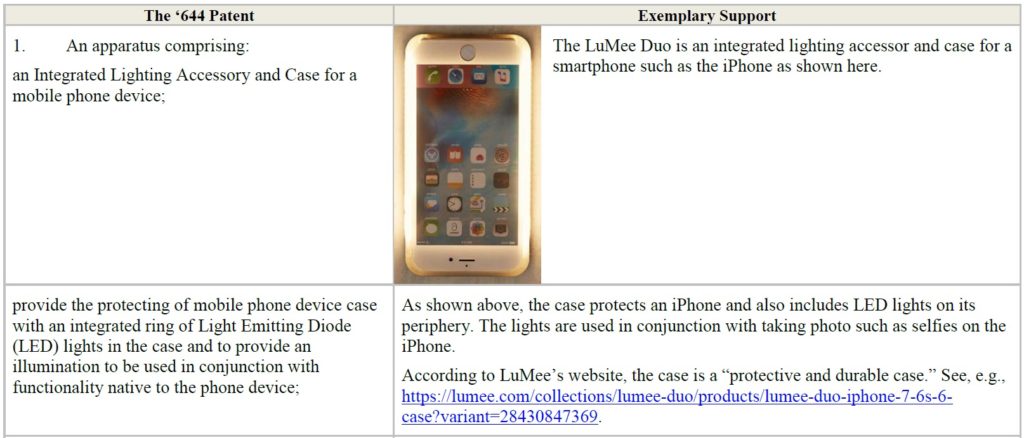In Regeneron Pharmaceuticals, Inc. v. Merus N.V., [2016-1346] (July 27, 2017), the Federal Circuit affirmed final judgment that U.S. Patent No. 8,502,018 (which related to using large DNA vectors to target and modify endogenous genes and chromosomal loci in eukaryotic cells) unenforceable because of Regeneron’s inequitable conduct during prosecution.
Merus argued that Regeneron’s patent prosecutors withheld four references from the USPTO during prosecution. The references were cited in a third-party submission in related U.S. patent prosecution and in
European opposition briefs, were but-for material, and were withheld by Regeneron with the specific intent to deceive the PTO. Regeneron argues, however, that the references were not but-for material, that they were cumulative of references the PTO actually relied on during prosecution, and that Regeneron did not have any specific intent to deceive the PTO.
During prosecution, Regeneron asserted that it had developed a commercial embodiment of the claimed mouse with surprising
results. However, it was undisputed that that assertion was false; Regeneron had not developed any such mouse at the time. Regeneron’s application was allowed. However, just before allowance, a third party made a submission of prior art in the parent case. This prior art was not disclosed in the ‘018 patent, but once the ’018 patent had been allowed, the art was disclosed in every related application having the same specification and similar claims.
The Federal Circuit acknowledged that the materiality required to establish inequitable conduct is but-for materiality, and said that In determining the materiality of a reference, the court applies the preponderance of the evidence standard and gives claims their broadest reasonable construction. The Federal Circuit added that a reference is not but-for material, however, if it is merely cumulative, i.e., when it “teaches no more than what a reasonable examiner would consider to be taught by the prior art already before the PTO.”
In addition to proving the materiality of the withheld references, a challenger must prove that the patentee acted with the specific intent to deceive the PTO. Evidence of intent to deceive should be weighed independently of the materiality analysis. Proving that the applicant knew of a reference, should have known of its materiality, and decided not to submit it to the PTO does not prove specific intent to deceive, rather clear and convincing evidence must show that the applicant made a deliberate decision to withhold a known material reference.
Direct evidence of intent is not required, and an inference of intent to deceive can be made where the applicant engages in “a pattern of lack of candor,” such as repeatedly makes factual representations “contrary to the true information he had in his possession.”
Applying the broadest reasonable interpretation to the claims, the Federal Circuit concluded that the district court properly found that the withheld references were but-for material separately and in combination. As to specific intent to withhold, the Federal Circuit approved the district court’s drawing an adverse inference of specific intent from Regeneron’s litigation conduct, which the Federal Circuit described as “beset with troubling misconduct.” This misconduct included:
- Failure to provide adequate infringement contentions
- Failure to product conception and reduction to practice documents in discovery
- Taking the position that no claim terms required construction
- Arguing that a disclosure of a memo from outside counsel did not work a waiver of attorney-client privilege and failure to identify relevant documents for the Court’s in camera review
- Failure to recall in a deposition communications with the patent examiner
- Maintaining claims of privilege regarding the knowledge and thoughts about the withheld references.
The Federal Circuit was careful to point out that this was not a case of punishing a party’s post prosecution misconduct by declaring the patent unenforceable, because Regeneron was accused of misconduct during prosecution as well. Regeneron’s litigation misconduct, however, obfuscated its prosecution misconduct.
The Federal Circuit concluded that In light of Regeneron’s widespread litigation misconduct, including the use of sword and shield tactics
to protect its deliberations over the disclosure of the withheld references to the PTO, that the district court did not abuse its discretion by drawing an adverse inference of specific intent to deceive the PTO.


